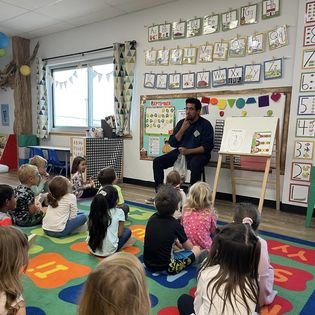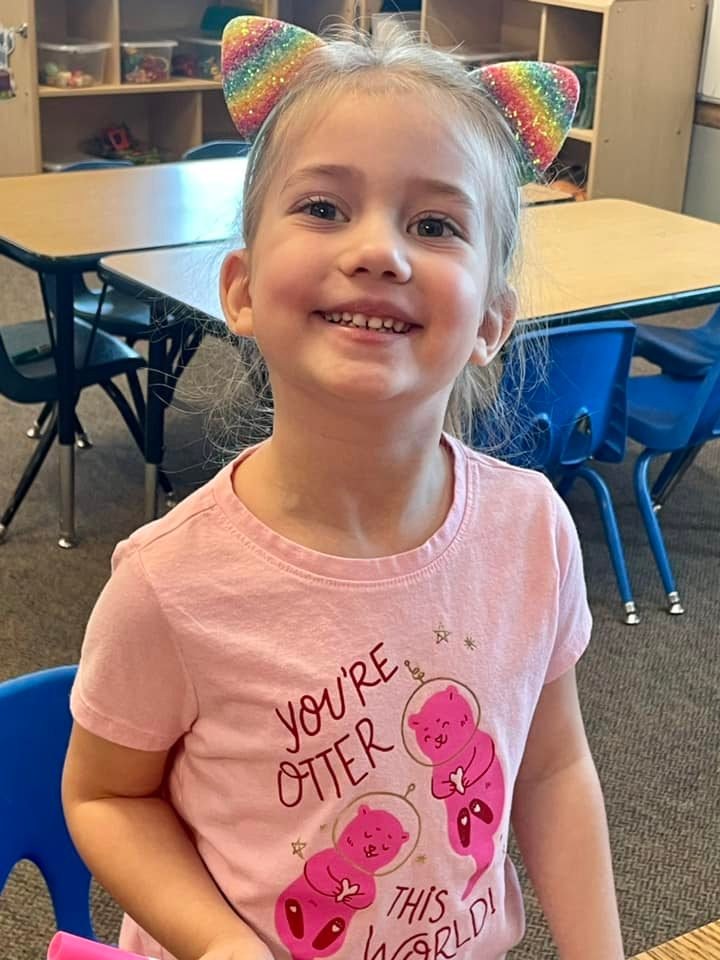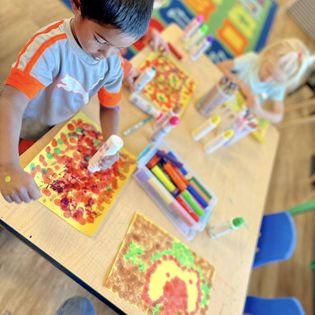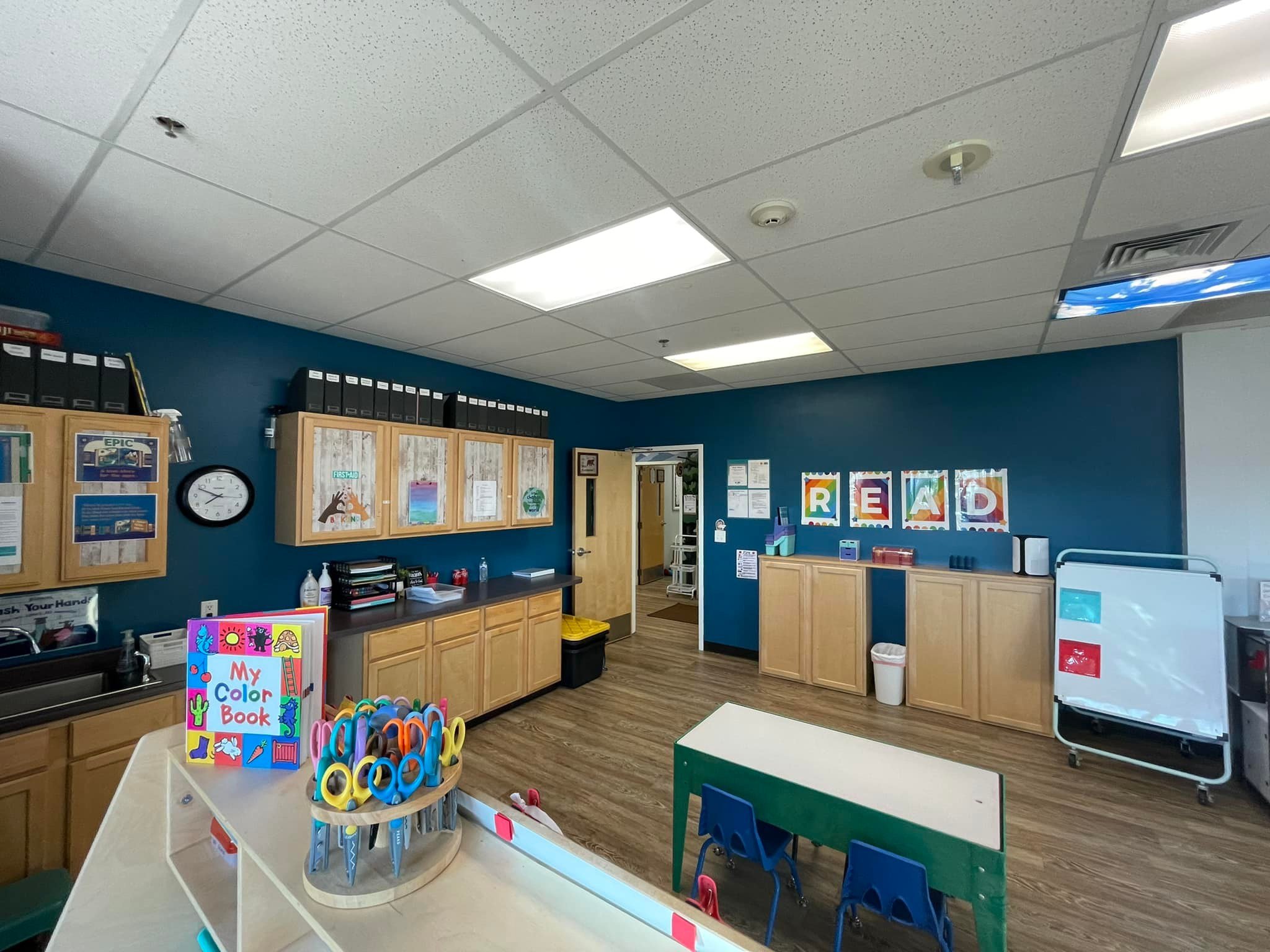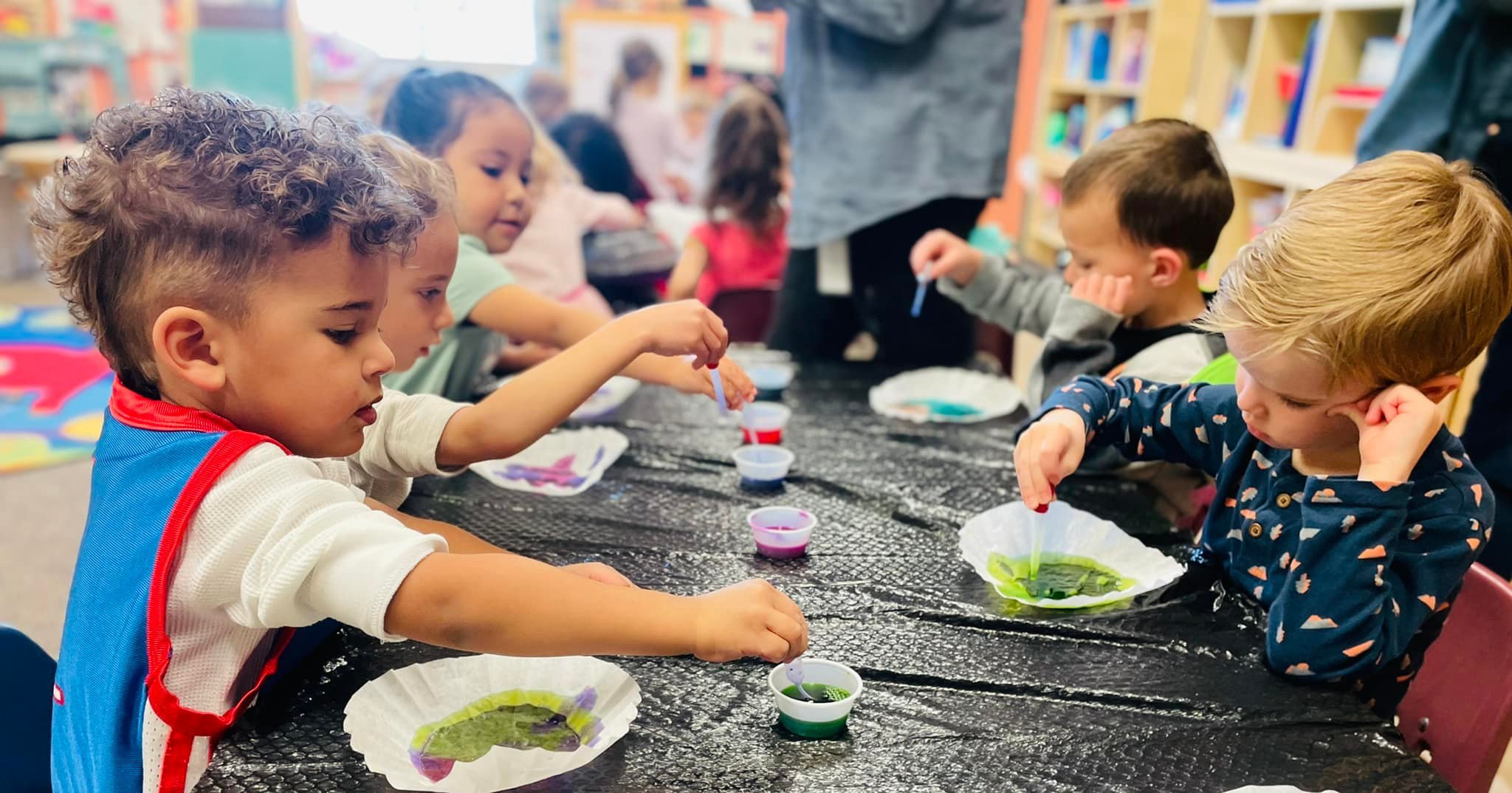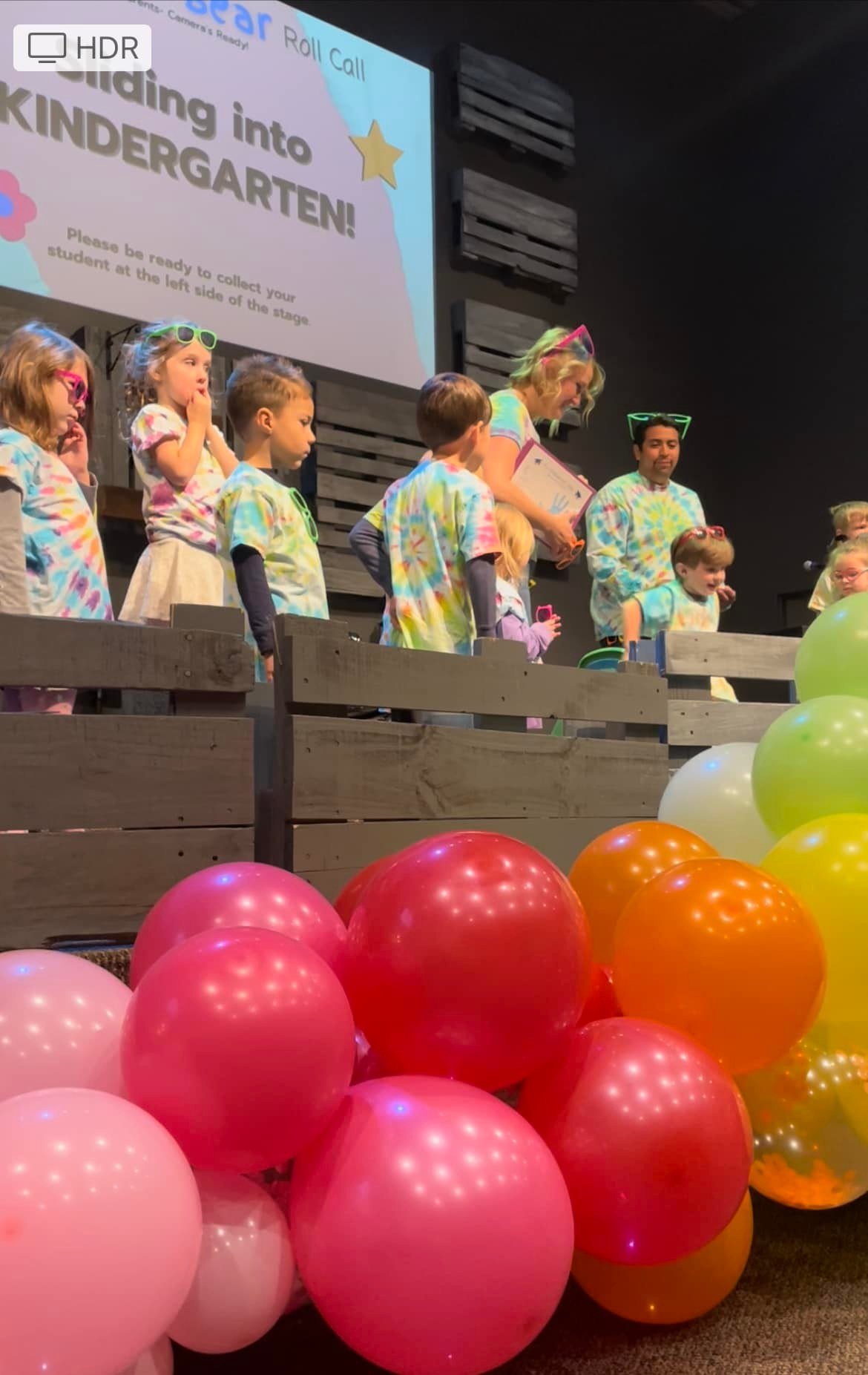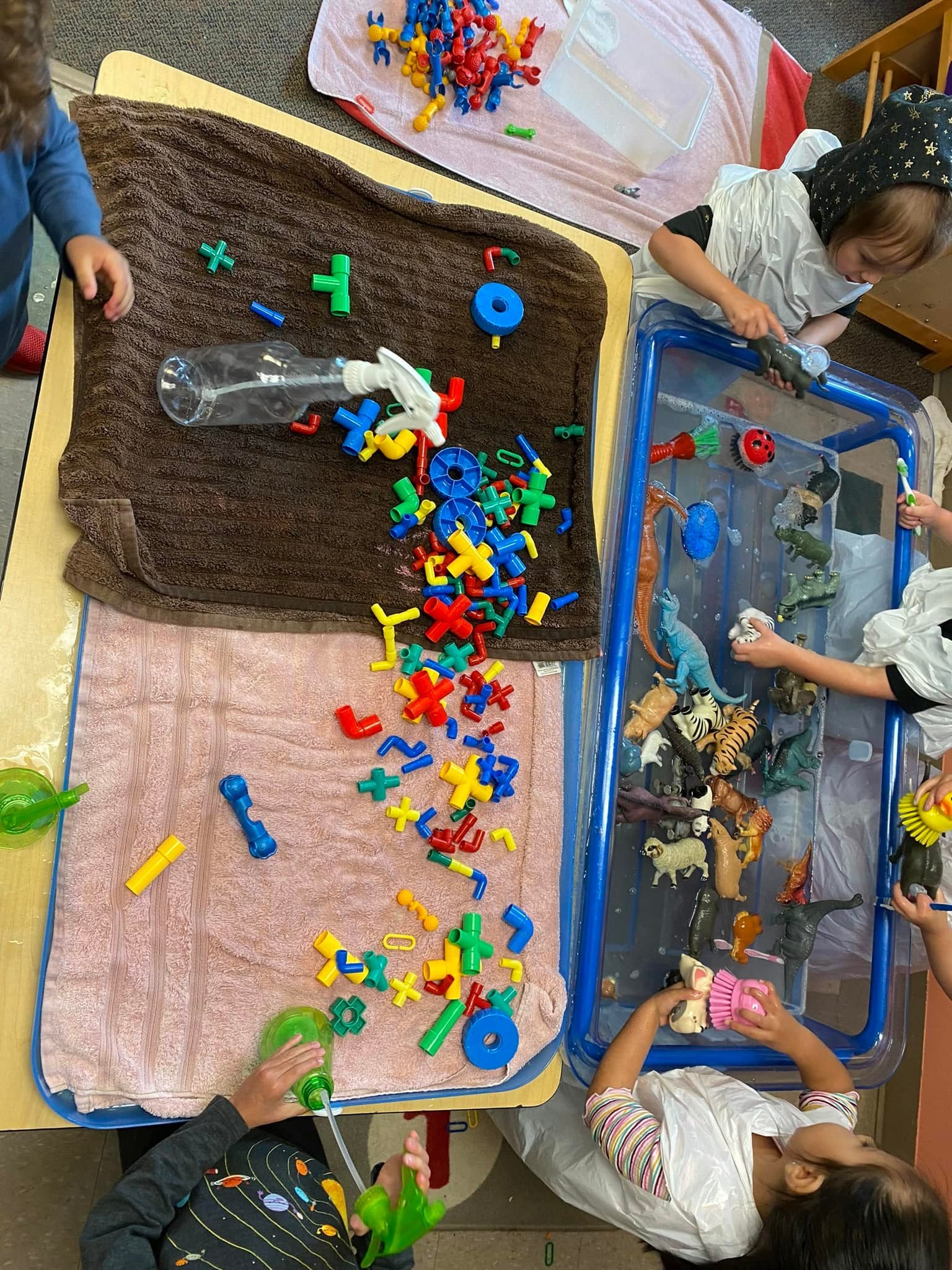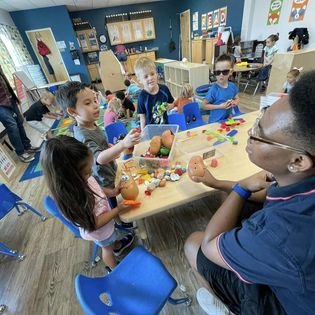Kindie Prep-Bear Room
4 by October 1st - Pre-Kindergarten
3 Teachers!
Low student/teacher ratio!
This classroom is designed to be a stepping stone to elementary school.
Our focus is on letter identification, letter sounds, and phonics. Daily conversations cover topics like weather, days of the week, numbers, people, and books, helping each child develop important skills for their age. In addition to academic skills, we also emphasize problem-solving and social skills in this class.
Creating an engaging and supportive learning environment prepares our students for a successful transition to elementary school.
Morning Pre-K Classes
Monday, Wednesday, Friday........ 8:30 a.m. -12:00 p.m.
Tuesday/Thursday ........................... 8:30 a.m. -12:00 p.m.
Full-Day Pre-K Classes
Monday, Wednesday, Friday........ 8:30 a.m. -3:30 p.m.
Tuesday/Thursday ........................... 8:30 a.m. - 3:30 p.m.
Extended Day Pre-K Classes
Monday, Wednesday, Friday........ 7:30-4:30 p.m.
Tuesday/Thursday ........................... 7:30-4:30 p.m.
*M- F available upon request for all of our classes



